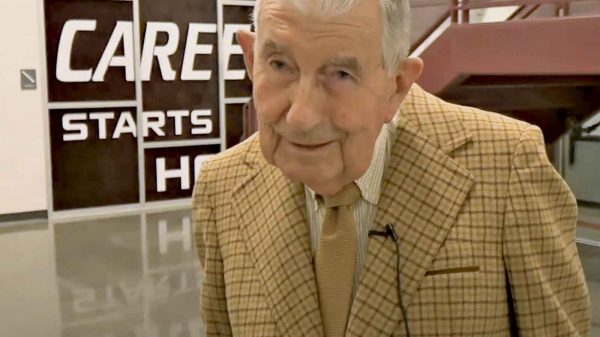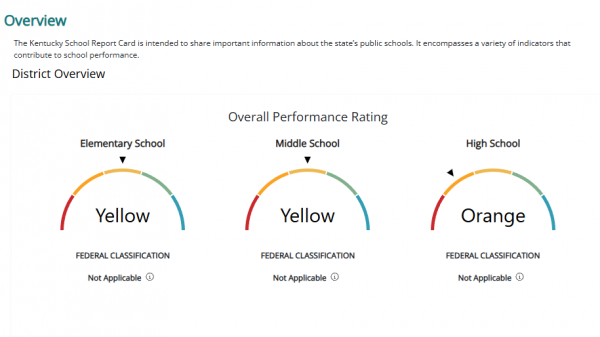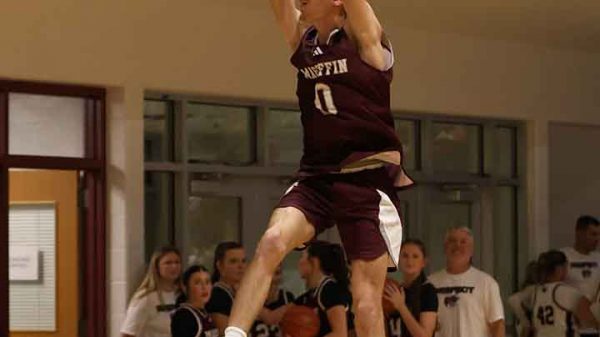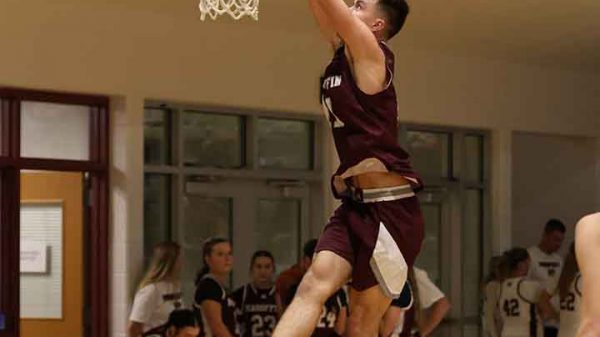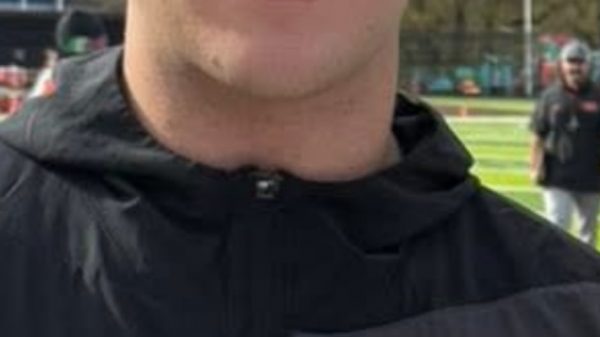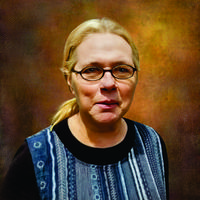I can’t let this month go by without mentioning that April is Autism Awareness & Acceptance Month.
I could rattle off some statistics from the CDC, like 1 in 36 children has been identified with autism spectrum disorder (ASD), and is four times more common among boys than girls. Roughly 17% of children aged 3 to 17 years old were diagnosed with a developmental disability between 2009 and 2017, as reported by parents, and including autism, attention-deficit/hyperactivity disorder, blindness, cerebral palsy, among others.
Even more alarming, people with ASD are more prone to other comorbidities, from anxiety and depression, to obsessive compulsive disorder (OCD), ADHD, epilepsy, tic disorders, intellectual disability, sleep disorder, and gastrointestinal intestinal symptoms (not a comprehensive list, but those are some of the common ones).
To keep this closer to home, autism is so prevalent that Magoffin County Schools have had to increase the number of classes to accommodate students with autism in recent years. When not so long ago the closest Applied Behavioral Analysis (ABA) therapy was two hours away driving time, places like the Appalachian Valley Autism (AVA) Center has two semi-local locations, as well as already organized health facilities, such as Frontier Health, offering therapy services locally, now, too. The need is here, but thankfully, we’re seeing more opportunities than just a few years ago.
I shouldn’t have to, but of course, we have to remind everyone that autism is not caused by vaccines. The doctor that initially reported that subsequently lost his medical license for that “study” and other doctors and scientists have tried to recreate a study where autism and vaccines could be linked and none have been successful. Other than timelines overlapping of vaccine schedules and some signs of autism occurring, there have been no links found, and generally that’s just when parents notice milestones not being met (like speech and fine motor), not necessarily when symptoms started, which is usually much earlier on (think eye contact, not pointing, seeking sensory input, etc.). As science stands at this time, we don’t know what causes it and there are no fix-all cures, but we’re inundated daily by misinformation regarding autism.
What we do need is acceptance – acceptance that people with autism are still worthy of being included in this world. They have strengths we cannot fathom if we just learn to accommodate their needs. All of their therapies teach them ways of coping with their own needs and how to interact with the neurotypical world. They are often taught how to mask their disorder to make others feel more comfortable. But we need to teach the rest of the population that their differences are just fine. They may stim, running back and forth, making noises, repeating things, etc., but they deserve as much as anyone to be included – not be hidden away – in everyday occurrences.
I’m not trying to preach at you from some high and mighty place. This is something I live every day. My child has level 3 autism, along with ADHD, OCD and a tic disorder, with the last three of those becoming more prevalent in the last year. While he struggles to communicate and interact socially, he can also read and write in multiple languages (at the age of almost 8). He learned his multiplication tables by the age of 5 and can generally figure out how anything works, but also has the strongest flight response I’ve ever seen, eloping as a response to stress. In the past year I’ve had to show police officers his face and let them know where he lives in fear of him running away, despite the multiple safety features we’ve set up to keep that from happening. And I have to worry about when he is older if he runs or doesn’t listen to police like he does now, will he get hurt or killed? How do I protect him now and when he’s well over 6 foot tall? Will we be able to get through to him in time to prevent more dangerous situations in the future? I honestly don’t know, but between school and therapies (ABA, speech and occupational), multiple doctors, and some solid persistence, we’re trying daily to set him up to function in society, but it’s scary not knowing if it will be enough.
At about 3:30 a.m. on April 3, the day after World Autism Awareness and Acceptance Day, I made the following post on social media after a long battle for some much-needed sleep.
Happy World Autism Awareness/Acceptance Day! Late because it’s honestly kicking my butt tonight. It often comes with all these fun buddies, like OCD, ADHD and tics, all of which can sometimes make it hard for a little guy to just be able to chill out and be his beautiful, brilliant self. It’s hard at times. And messy. And absolutely astounding. We’re fighting battles over here for words and independence while other kids are playing little league. We’re putting more safety equipment on the doors just to keep him from eloping. His extra curriculars are ABA, speech and OT. We have meetings about IEPs, parent trainings and different medications all in hopes that he’ll be able to function in this world. But we’re also using Google Translate to figure out what he’s writing on his Magnadoodle. Evidently, he was right when he told me this said “lemon.” #themoreyouknow
He’s absolutely brilliant and capable of so much, but this very tired momma is honestly worried and scared tonight. This is a bigger issue than cute puzzle pieces and blue, and awareness vs. acceptance. We have to advocate because he can’t. We have to accommodate so he can. And he is one of so very many. Teach your children to always be kind because we never know the battles people are fighting right now in front of us. Tonight, it’s an all-out war and, I’m just going to tell ya, I’m not winning.

